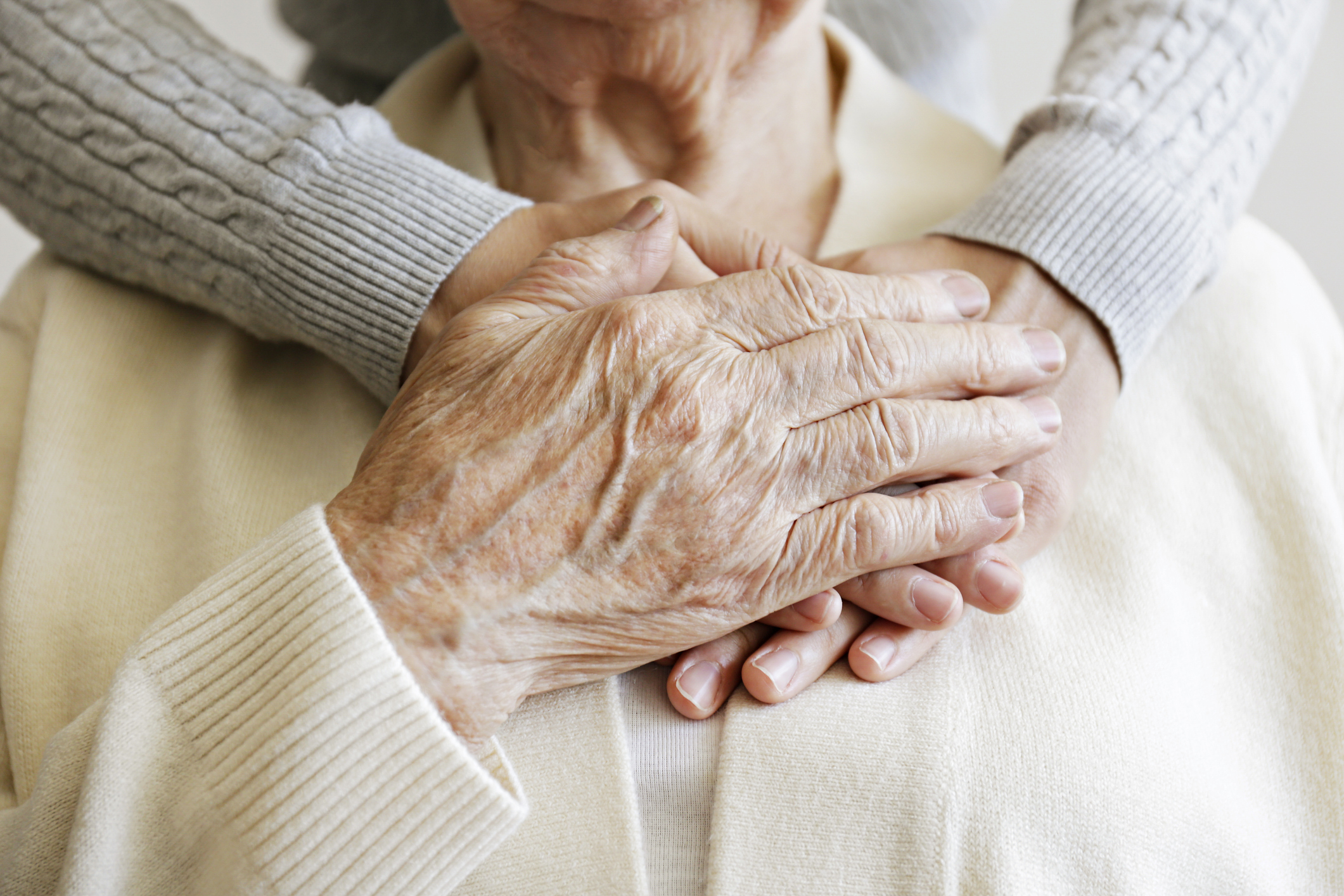For families navigating the medical and emotional care of an elderly or seriously ill loved one for the first time, it can be a confusing maze of unfamiliar terms – for example what is the difference between palliative care and hospice care?
After living so long under the worry of a global pandemic many people, especially more vulnerable seniors, have likely given some thought to their care and the decisions they would want made for them should they become gravely ill. The National Institute on Aging has helpful information for caregivers of older adults or people with serious chronic illness that want to ensure the best care is provided while honoring the patient’s wishes.
Palliative care is specialized medical care for people living with a serious illness that affects quality of life. Such care can help family caregivers avoid burnout when the physical and emotion duties become too great. It can be provided while patients receive treatment, but it focuses of offering relief from symptoms such as pain or delirium and from the stress of living with a serious illness. Palliative care is often provided with a team approach that includes specialized nurses, therapists, nutritionists or faith leaders. Palliative care involves caring for the whole person and addressing not only their physical needs, but also their emotional, social and spiritual needs.
Hospice care is a more specialized form of palliative care that is provided in the final months or weeks of life. Hospice care is given when patients and their loved ones have made the decision to no longer receive treatment for an illness and to rather focus on providing comfort care. When creating an advanced directive for health care, making decisions ahead of time about the kind of care you would wish to receive at the end of life or in a health crisis can give families and patients a better experience, easing some of the stress and anxiety during an already difficult and emotional time.
Using palliative care can help lessen the stress on family caregivers and give patients better symptom management, emotional support and satisfaction with the care they are given. Aligning care with a patient’s wishes can provide a good death for the individual and greater peace of mind and support for close friends and families.
To learn more about palliative and hospice care, follow this link to the National Hospice and Palliative Care Organization website.






Add Your Voice
0 Comments
Join the Discussion